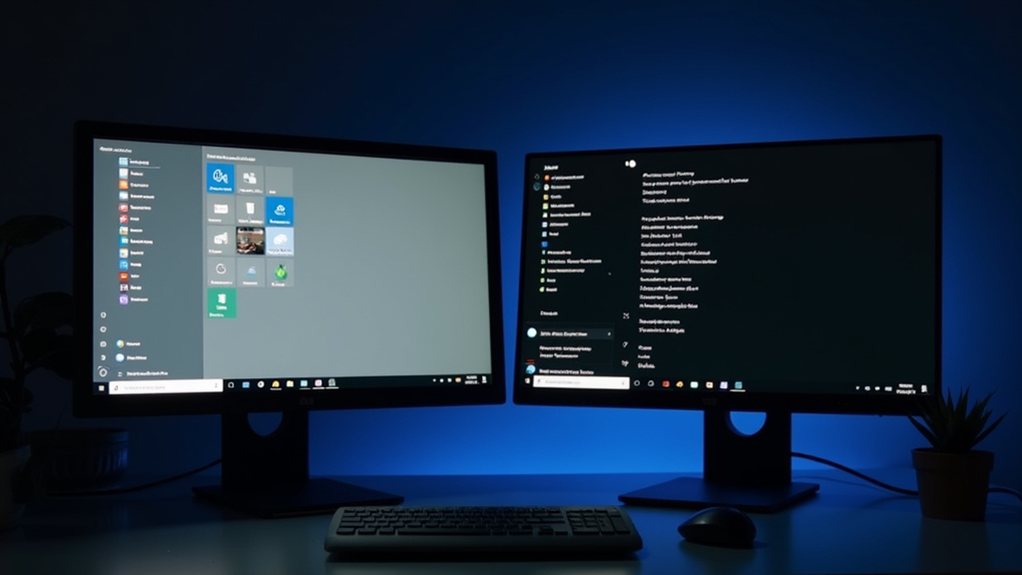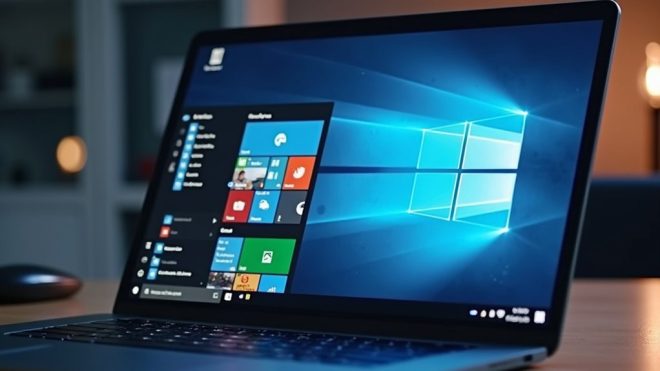Microsoft is actively migrating core system features from the traditional Control Panel into Windows 11’s modernized Settings app interface. The shift includes crucial mouse, keyboard, and time/date preferences, with exclusive features like Studio Effects now only accessible through Settings. This strategic change reflects Microsoft’s commitment to a unified, streamlined user experience, accessed instantly via Windows key + I. The future of Windows configuration points toward a simpler, more cohesive command center.

Microsoft’s sweeping shift away from the traditional Control Panel continues in Windows 11, as more system configuration options migrate to the modernised Settings app interface. The tech giant is steadily dismantling its legacy control system, with mouse and keyboard settings being the latest features to make the change in recent preview builds.
Behind the scenes of Windows Server builds, Microsoft engineers are methodically porting longtime Control Panel staples into the sleeker Settings environment. This strategic migration represents more than just a facelift – it’s a fundamental reimagining of how users interact with their Windows systems. The familiar maze of Control Panel options that Windows veterans have navigated for decades is gradually being replaced by a more intuitive, unified experience. The changes are currently hidden in Windows Server, indicating ongoing development before a wider rollout.
Microsoft’s bold reimagining of Windows controls transforms decades of familiar territory into a streamlined, user-friendly experience for the modern era.
The Settings app has already claimed exclusive territory over modern Windows features like Studio Effects and touchscreen gestures, while becoming the go-to destination for visual personalisation. The new keyboard settings page includes character repeat options that were previously scattered across different menus.
Want to change your wallpaper or tweak those UI colours? The Settings app is now your only path forward, as clean and straightforward as ordering takeout from your favourite delivery app.
Microsoft’s approach to this transformation has been significantly measured, like a careful chess player advancing pieces one calculated move at a time. Although the company hasn’t announced a hard deadline for Control Panel’s final sunset, the writing is clearly on the wall – or rather, the interface.
Even time and date preferences, those fundamental Windows customisation options, have found a new home in Settings, complete with improved features for managing multiple clocks and AM/PM display formats.
For users wondering how to navigate this evolving environment, Microsoft has made the journey relatively painless. The Windows key + I shortcut launches Settings instantly, while a robust search function helps locate migrated features faster than you can say “where did my mouse settings go?”
Certainly, Control Panel devotees can still access their familiar territory through the tried-and-true Windows + R command, but it’s becoming increasingly clear that this is more of a legacy backup than a future-focused solution.
The change reflects a broader trend in software design, where complexity gives way to simplicity, and scattered controls consolidate into cohesive interfaces.
As Windows 11 continues to evolve, the Settings app is positioned to become the singular command centre for system configuration – a digital mission control that brings order to what was once a fragmented experience.
While some users might miss the old Control Panel’s charm, the future of Windows configuration is decidedly modern, streamlined, and increasingly centred within the Settings app’s domain.
Final Thoughts
Microsoft’s ongoing transition of Control Panel features into the Settings app of Windows 11 indicates a forward-thinking approach for the operating system’s interface. While some users might find this shift challenging, it aims to create a more unified and modern user experience. For those navigating these changes, North Lakes PC Repairs is here to assist you with any adjustments or questions regarding the new system management interface. Don’t hesitate to reach out for support—click on our contact us page to get in touch today!

